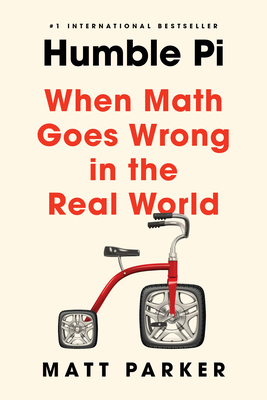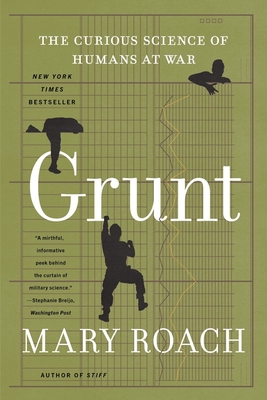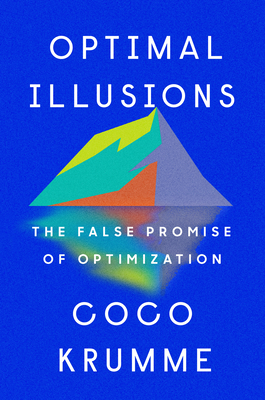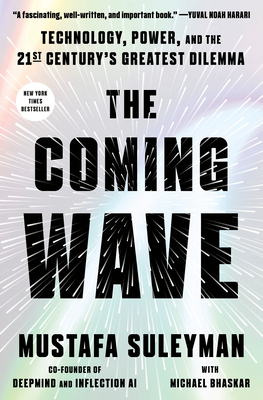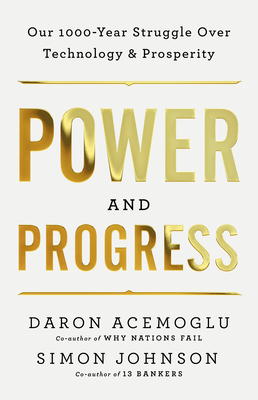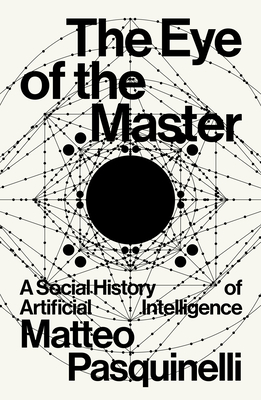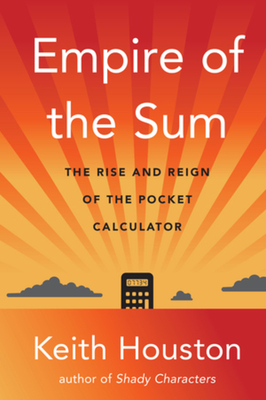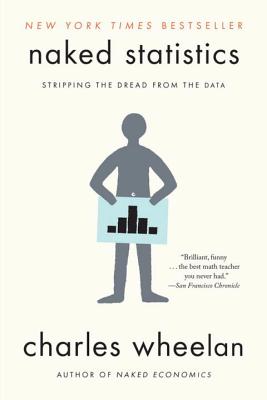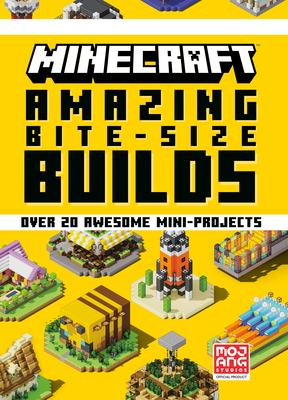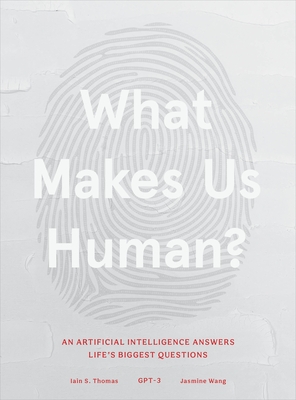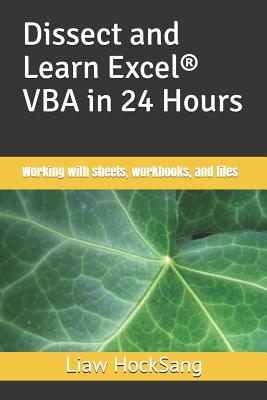
Dissect and Learn Excel(R) VBA in 24 Hours: Working with sheets, workbooks, and files (Dissect and Learn Excel VBA in 24 Hours: #3)
Description
No matter how complicated a program is, it is made of many smaller and tiny fundamental working parts of programming code. Each of them accomplishes a specific task. Some may just consist of only one or a few lines of code. Knowing the functions of these fundamental working parts, you can then easily write an unlimited number of working programs. And knowing them, you can easily understand the programs written by others and adopt into your programs the ideas and the efficient code that are presented in those programs.Dissect and Learn Excel VBA in 24 Hours is a series of quick references for intermediate users who are looking for ideas and samples of VBA code to accomplish certain tasks when they are in the process of writing a program. In this series, you will see thousands of tiny working parts of VBA code that are used to accomplish many simple and yet meaningful tasks. To add a new workbook, to auto-fill a range, to sort a table of data, to generate a table of contents for all chart sheets and worksheets in a workbook, to loop through and manipulate a folder of Excel files, to place a control on the Ribbon, to send an email, and to login to an account in the Internet are some examples of these tiny working parts. This series is for readers, who have at least a basic understanding of Excel VBA programming. In order to follow the discussions in the series, a reader must know what Sub procedures and Function procedures are, what Visual Basic Editor (VBE) is, how to add a VBA module to a workbook, how to set a reference to an application's type library, how to enable the Auto List Members feature in VBE, how to use the Macro Recorder in Excel in order to find out the methods and properties of objects that you are not familiar with, how to use the Object Browser to check the complete list of members for a particular object, how to write some simple procedures, in which VBA modules you should store your VBA code, and how to use the debugging tools in VBE.If you are new to Excel VBA, please teach yourself Excel VBA before exploring the contents in the series. You may refer to my earlier book entitled Learn Excel(R) VBA in 24 Hours - A quick reference for beginners, which was written for those who are new to Excel VBA. I hope this series of books will serve as quick references in facilitating you to write an unlimited number of working VBA programs. Let Excel VBA work for you.Book 3: Working with sheets, workbooks, and files focuses on commonly used operations on sheets, workbooks, and files. Copying a sheet, protecting a sheet, creating a table of sheets with hyperlinks, saving a copy of a workbook, self-deleting a workbook, protecting a workbook, accessing a password-forgotten VBA project, prompting users to select a folder, writing and reading a text file, looping through files in a folder, and creating and deleting folders are some of the operations.To understand better a concept discussed in this book, simply copy and paste the sample VBA code into the Immediate window or a VBA module, and run (or step through) the VBA code in VBE. To execute a few lines of code that are not in a Sub procedure, simply enclose them in a new procedure in a standard VBA module. To test a Sub procedure with required arguments, simply call the procedure by passing the arguments in the Immediate window such as DeleteAllFilesUsingFSO "C: \Temp\temp2\", True.The previous two books in the series discuss changing workbook appearance and working with ranges in a worksheet. The forth, which will be the last book in this series focuses on working with controls and automation.
You can download the related code file(s) from https: //drive.google.com/drive/folders/1Qbw5BWFD3f9w2pM_pDa_CVyeHIKXTkEV?usp=sharing.



